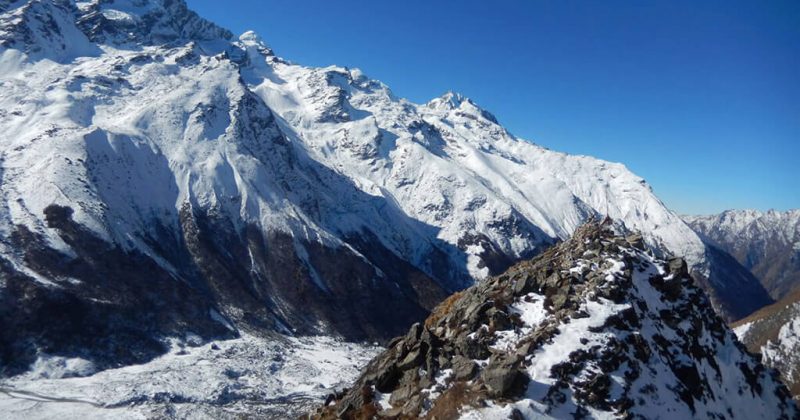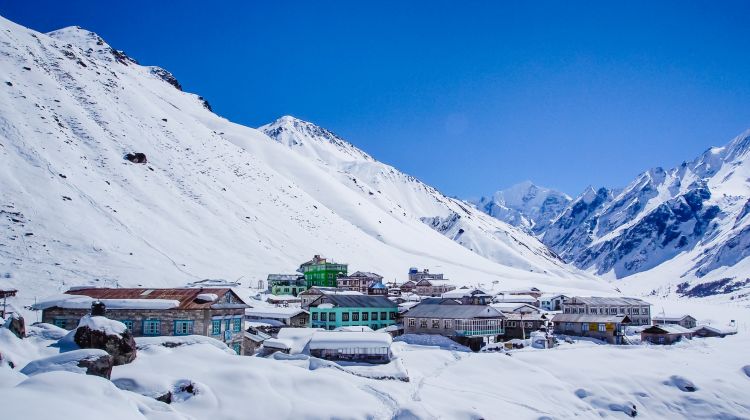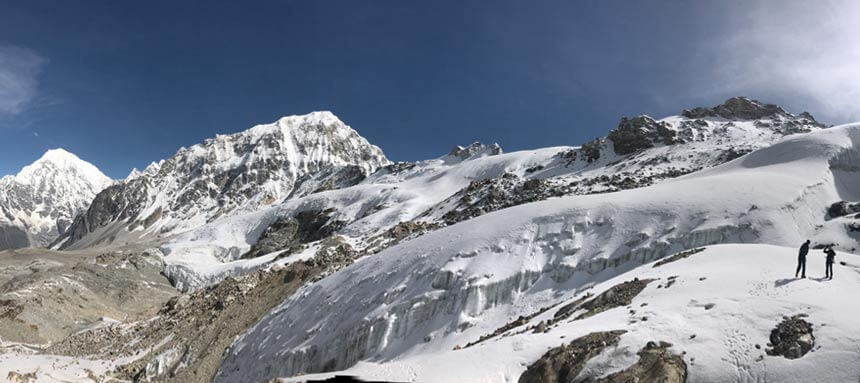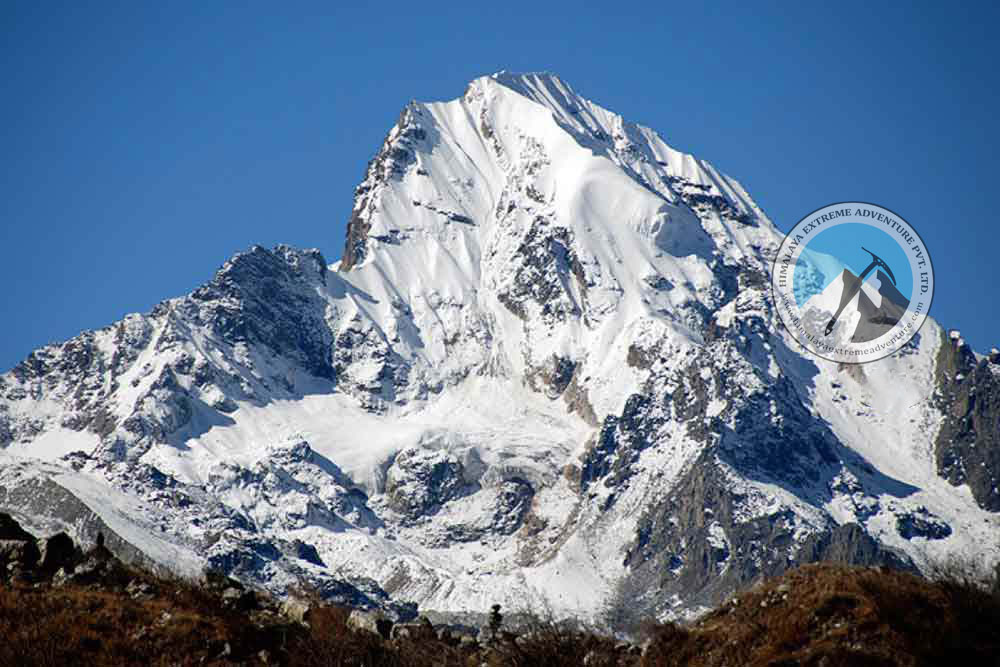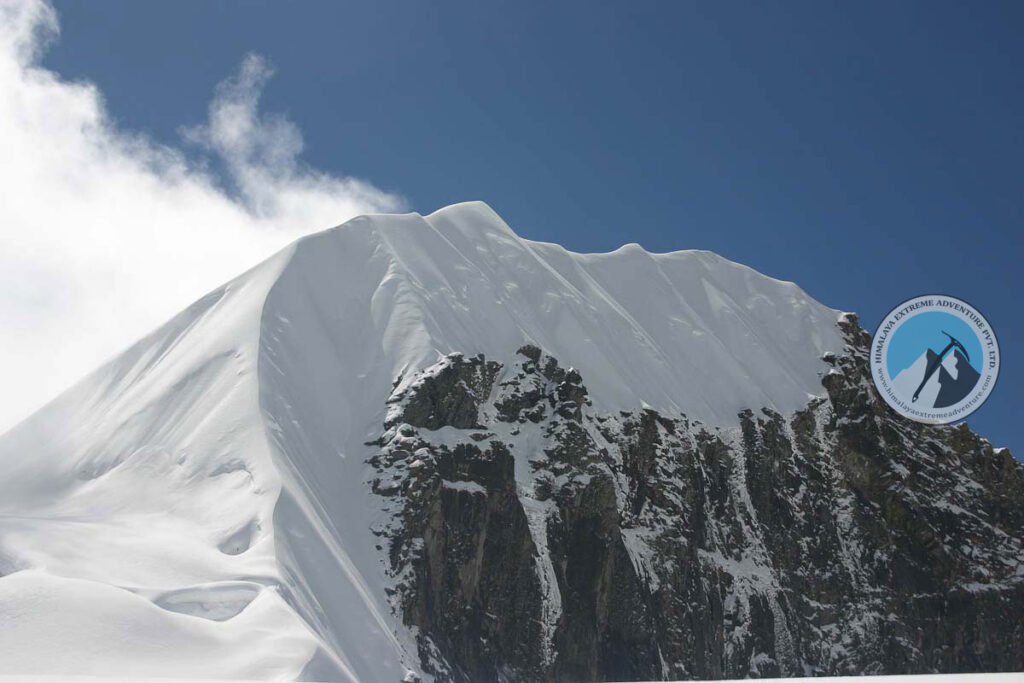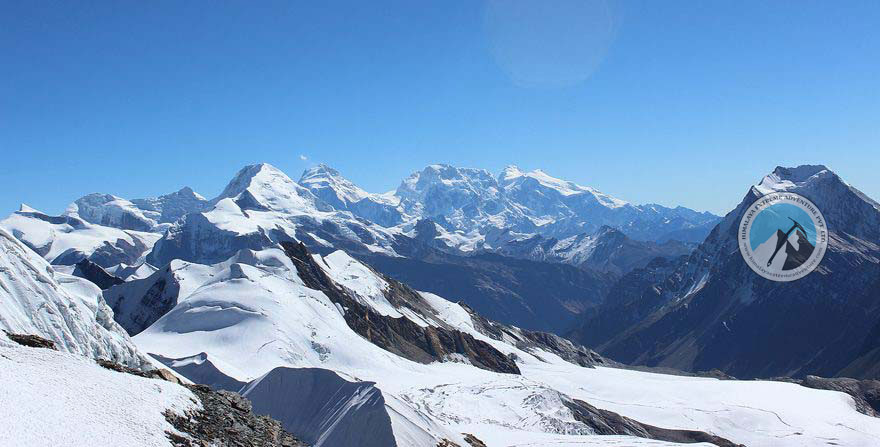Yala Peak, 5550 m, is the perfect introduction to Himalayan peak climbing, a safe way to have a true alpine peak experience, even for those without any previous climbing experience. Any physically fit person can safely summit Yala Peak. The final scramble to the summit is fairly straightforward and only an additional 700 m. Yala Peak, the smallest of all the trekking peaks in Nepal, can be done in the shortest time, while still at a pace to allow proper acclimatization.
Since the Langtang Valley is a less popular destination than Everest or Annapurna, there are fewer tourists in this area.The Langtang Valley stretches up to the Tibet border, so it’s a chance to experience a culture that is strongly influenced Tibetan heritage and geographical proximity. Langtang Valley is rimmed to the north, by peaks rising to around 6500 m, and smaller range of 5-6000 m to the south. Yala Peak falls in the northern range
The Yala Peak Climbing trail starts at Syabrubesi, 1505 m, after a spectacular 9 hour drive that follows the winding Trishuli River gorge. The trek starts in sub-tropical forests, but as it climbs higher into the Langtang Valley the forests grow thinner and the valley widens. Approaching Langtang Village, 3300m, on the second day, there are great views of Lantang Lirung, 7246 m, Lenpo Gang, 7083 m, Dorje Lakpa, 6990 m, and even the mighty Shishapangma, 8013 m, Tibet’s only 8000+meter mountain.
The 4th day reaches the last settlement on the trail, Kyanjing Gompa, 3970 m, the site of an ancient Buddist monastery. There are many chortens by the path, and it is the custom to walk with them to our right. Spending an extra day to acclimatize gives us time to explore the Langshisa glacier or climb to Kyangjin Ri, 4350 m, for more amazing views of the snow-capped mountains.
The trail to Yala Peak Base Camp, 4800 m, is not too difficult and there are beautiful views on the way. From just above base camp we can see the rocky south face of Yala Peak and the Yala Glacier on the south-west face. From Base Camp we make our pitch for the summit, which is more difficult if there is snow. The trail ascends to a rock ridge, and then drops and ascends steeply on boulders. There is a flat area before the final 40 m of vertical snow/rock cliff leading to the narrow summit ridge.
To celebrate our achievement we attach our new prayer flags to the summit pole which covered with flags from past expeditions. The view from the summit is amazing. We can see Langtang Lirung to the west. Yansa Tsenji, 6500 m a mountain on the Nepal-Tibet border, Shishapangma, 8013 m, in Tibet, Morimoto Peak, 6750 m, and Langshisa Ri, 6800 m, to the east. By the time we start our careful descent to Kyanjin Gomba, the Yala Glacier will be groaning in the heat of the sun.
The best seasons for the Yala Peak Expedition are spring ( mid-March to May) and autumn (mid-September to late November). Most of the tourists come during these seasons, so the routes may be a bit crowded. Some may prefer to avoid the crowds, and climb Yala Peak during the winter months (December to February), when the weather is crisp and cold and the views of the mountains are crystal clear. If you are well prepared for the cold weather, the winter is also a great time to climb.
[easy-social-share buttons="facebook,twitter,google,linkedin" counters=0 style="button" point_type="simple" url="https://himalayaextremeadventure.com/peak_climbing/yala-peak/" text="Yala Peak"]

